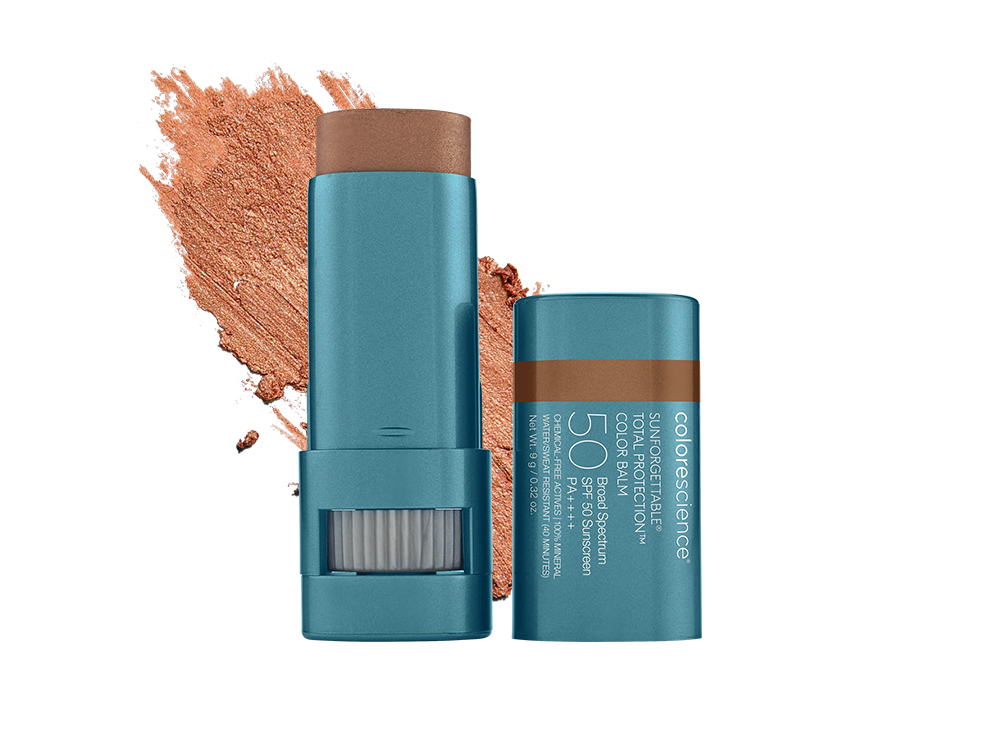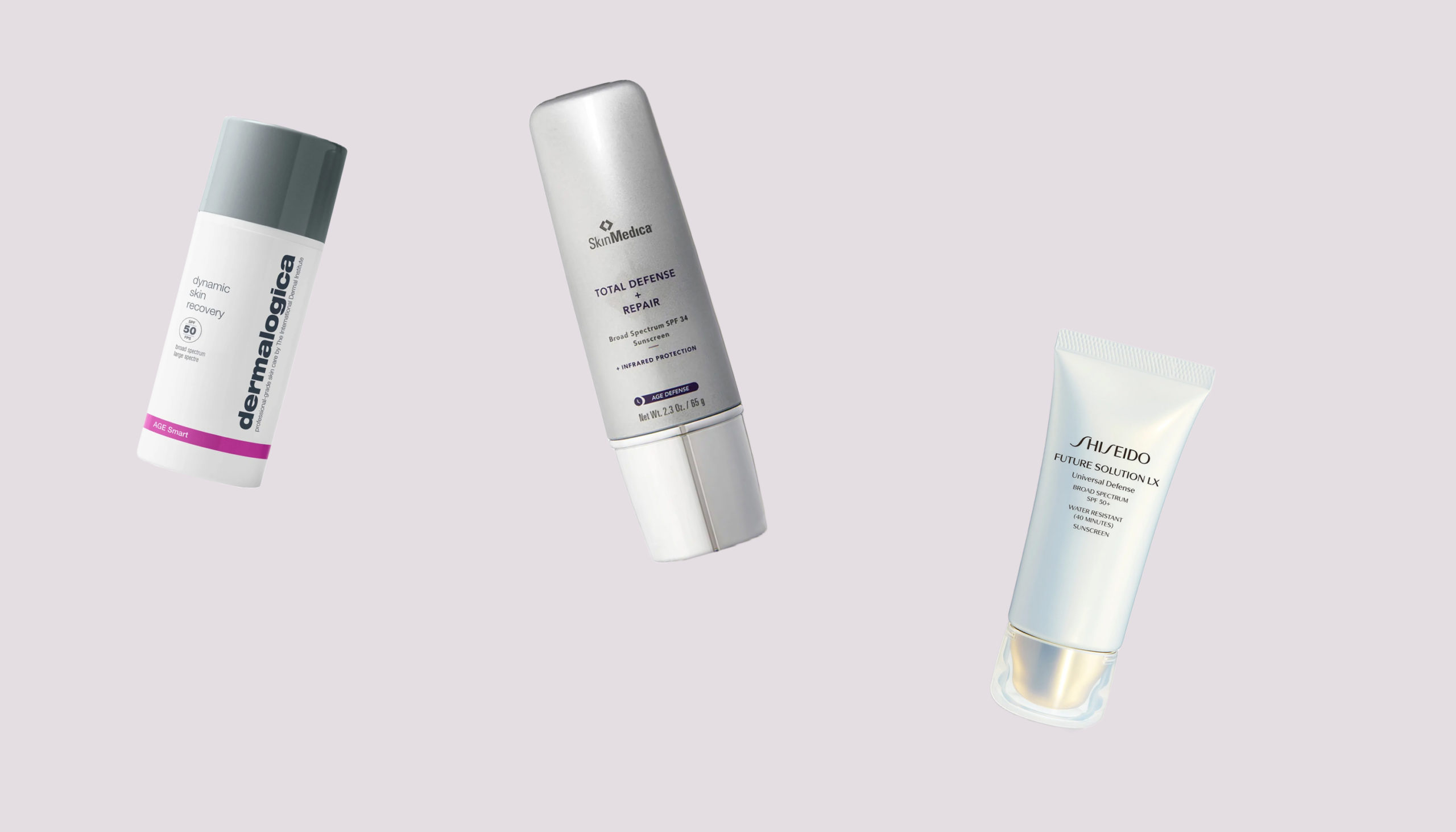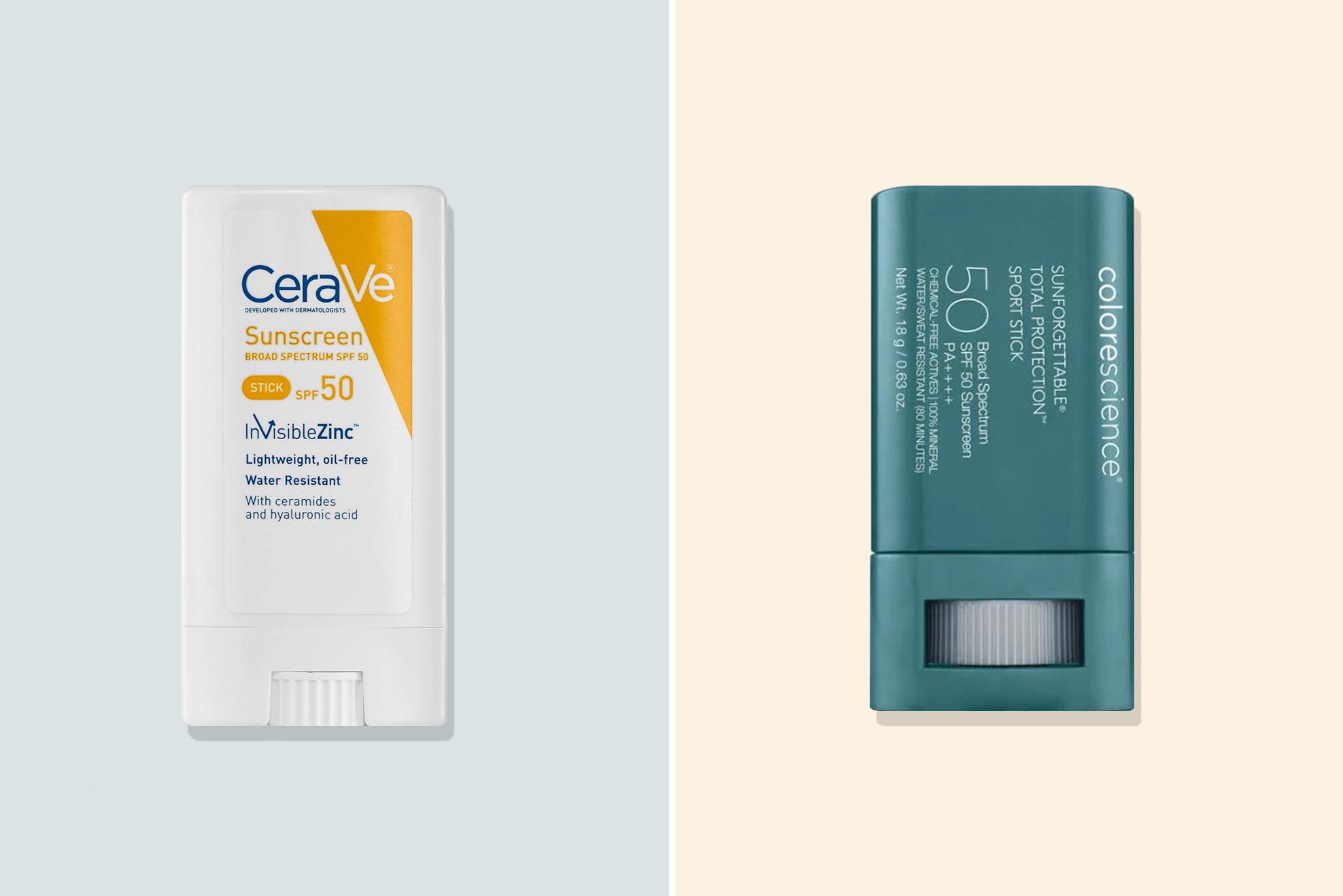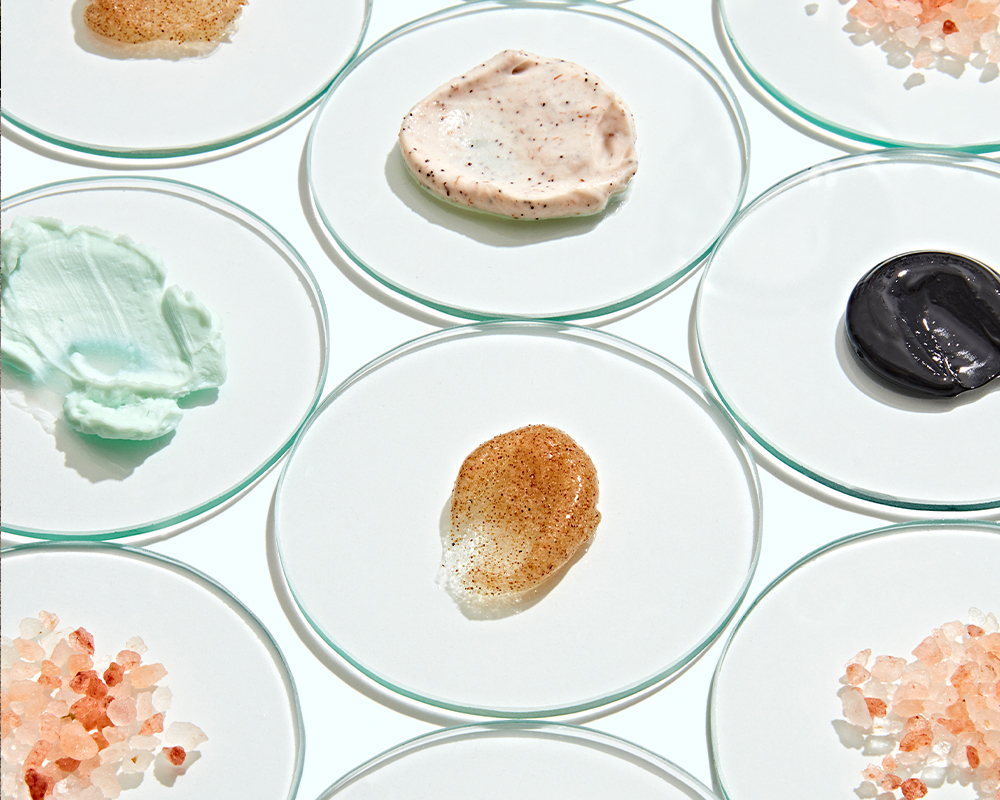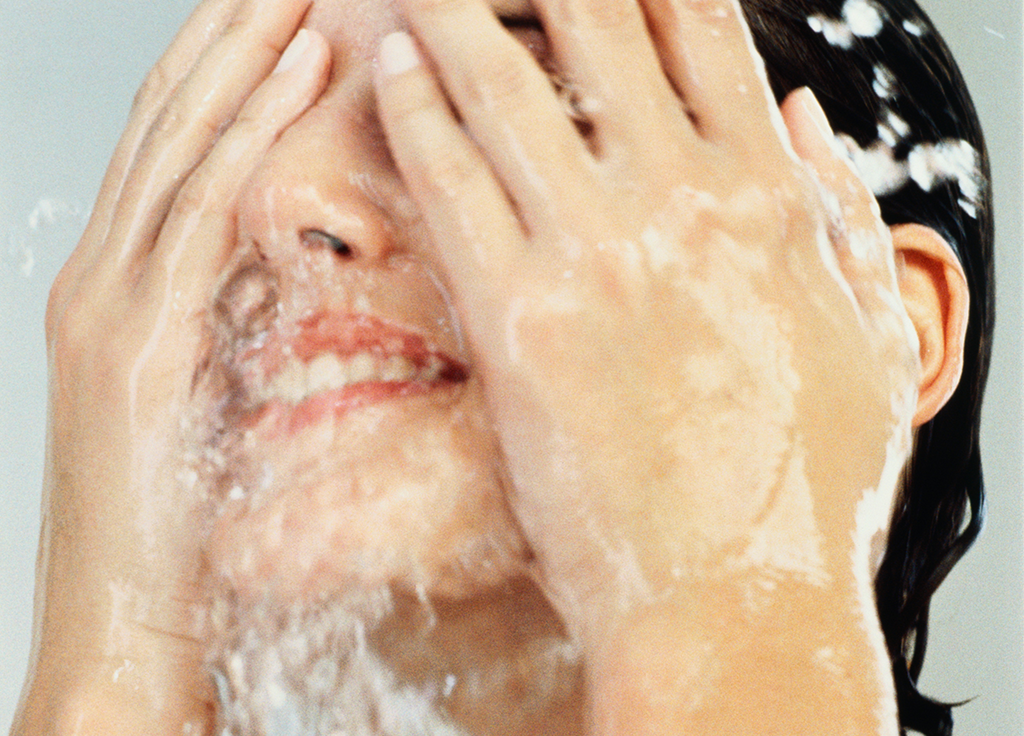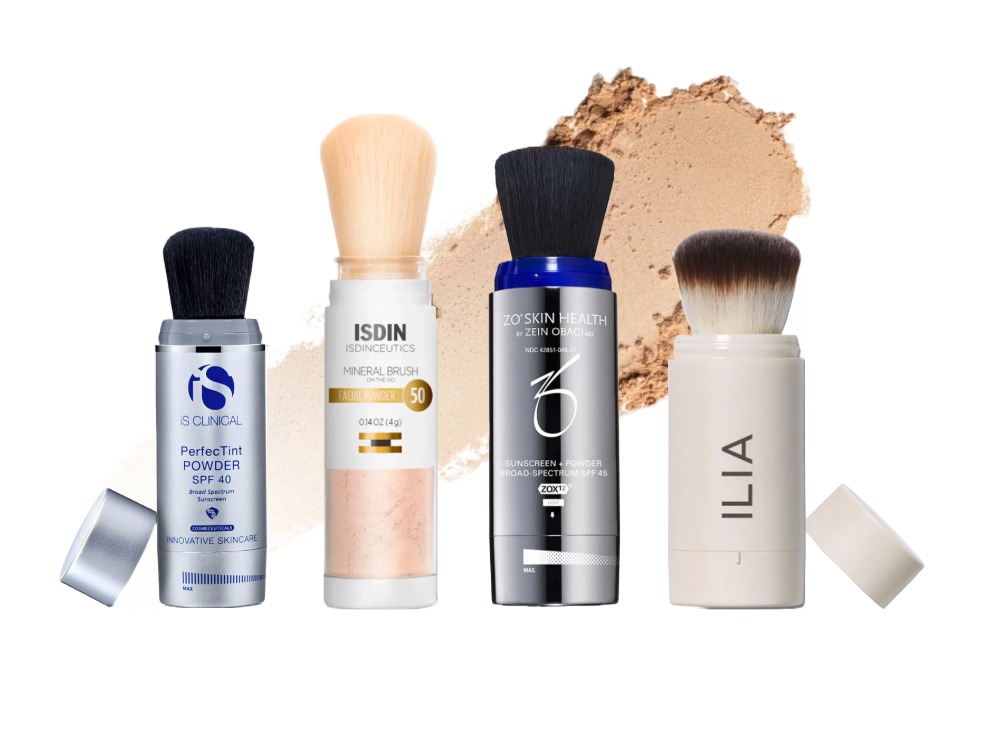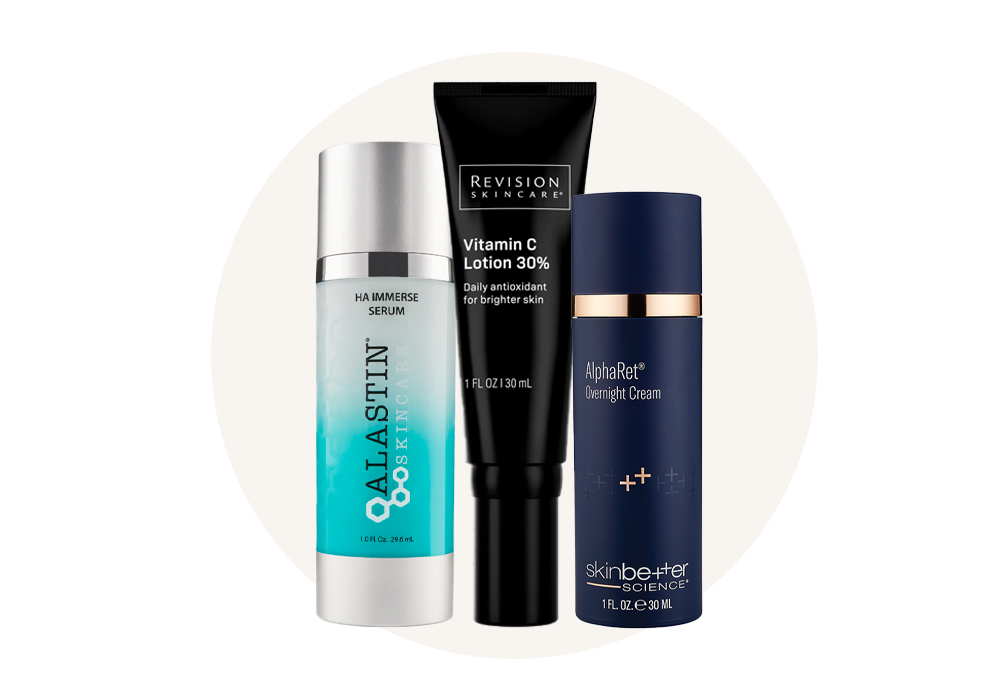We all know that excess sun exposure can cause skin cancer, but that doesn’t mean that the places that rarely see the light of day are automatically safe. Though they aren’t as commonplace as skin cancers developing on the face, neck and ears, knowing to look in these areas can help you catch a potentially deadly cancer early. Along with unexpected spots to check for skin cancer, there are also uncommon signs to keep in mind, like changes in your vision.
Featured Experts
- Tina Alster, MD is a board-certified dermatologist based in Washington, DC
- Macrene Alexiades, MD is a board-certified dermatologist based in Wainscott, NY and founder of MACRENE actives
- Ariel Ostad, MD is a board-certified dermatologist based in New York and spokesperson for The Skin Cancer Foundation
- Ramzi Saad, MD is a board-certified dermatologist based in Plymouth, MA and spokesperson for The Skin Cancer Foundation
Not All Skin Cancer Is Caused by the Sun
It’s important to note that though the vast majority of skin cancers do have the sun to blame, not all of them are caused by sun exposure.
According to New York dermatologist and spokesperson for The Skin Cancer Foundation, Ariel Ostad, MD, about 10 percent of skin cancers are not a result of solar UV radiation. “The majority of skin cancers are caused by the sun, and occur on sun-exposed areas of the body like the torso, face, arms and legs,” Dr. Ostad explains. “However, about 10 percent of all skin cancers are not caused by sun exposure and therefore can appear anywhere on the body including where the sun doesn’t shine.”
From innocuous places to the most intimate, skin cancer does not discriminate.
“The palms, nailbeds, in between fingers and toes, the soles of feet, ears, scalp, and even the genitals can be susceptible to skin cancer,” Dr. Ostad says.
This can lead to some uncommon signs of skin cancer, like changes in the pupil or in our vision, even when the sun is the culprit.
But if some skin cancers aren’t caused by the sun, then what does cause them?
Wainscott, NY dermatologist and founder of MACRENE Actives, Macrene Alexiades, MD, explains that some viruses can predispose you to developing some skin cancers. “While peri- and subungual squamous cell carcinoma (SCC) is the most common type of skin cancer on the nail, it appears first as a wart-like growth that grows quickly and can form a hard surface,” Dr. Alexiades explains. “As a matter of fact, wart virus has been shown to cause SCC around the fingernail.”
Unexpected Placed and Uncommon Signs of Skin Cancer
Palms and Soles
Skin of color is well known for being marginally more resistant to UV light thanks to the melanin in the skin. This can lead people to the false assumption that darker skin tones don’t need sunscreen and can’t get skin cancer.
“When a person of color gets skin cancer, it’s often found on the soles of the feet and the mucous membranes, which are rarely or never exposed to the sun,” Dr. Ostad explains. “Acral lentiginous melanoma (ALM), a very severe form of the disease, is more common among darker-skinned people.”
These aren’t areas that are commonly exposed to the sun, making them harder to notice.
“These melanomas tend to appear on parts of the body not often exposed to the sun, and often remain undetected until after the cancer has spread,” Dr. Ostad says. “ALM commonly appears as a black or brown discoloration. It is found on parts of the body not often exposed to the sun, like under the nails, on the soles of the feet and the palms of hands.”
Nails
Beneath your nails is just one of the uncommon places skin cancers can develop. You may know that Bob Marley’s cause of death was the melanoma originally found under his toenail, already advanced enough to have spread.
While sun damage can certainly cause a melanoma to appear under a nail, the exact kind Marley had (ALM, in fact) is more often associated with irritation and trauma to the site. Marley, for example, discovered his melanoma after a football injury did not heal correctly.
“Cancer under the nails can be either a melanoma or a squamous cell carcinoma (SCC),” Dr. Ostad explains. “Sun exposure is a major factor of melanoma on the nails, but trauma and injury can also lead to melanoma on the nails. HPV is also a major cause of cancer under the nails along with possible trauma as a cause.”
Dr. Alexiades notes that dark streaks are a common sign of melanoma under the nail. “Melanoma under the nail can look like bruises, brown or black streaks or lines so it’s important to keep a close eye on any dark areas by the cuticles,” Dr. Alexiades says.
The good news is there are a lot of ways to keep your nails safe.
“Limit your sun exposure and apply sunscreen to the skin around your nail bed and don’t wash it off,” Dr. Alexiades explains. “Make sure to reapply SPF directly after. Look for a broad-spectrum sunscreen, in addition to body sunscreen, your nail polish may help protect your actual nail. Many nail polishes have protection built into their formulas to help keep the color from being ruined by the sun. Finally, for those at high risk gloves are recommended especially when playing outdoor sports.”
Eyes
UV light is harmful to more than just your skin. The fragile mucus membranes of our eyes can also develop skin cancer.
Ocular melanoma is aggressive and can often spread to other parts of the body, most commonly the liver. When the cancer is contained the eye itself, the survival rate is 85%. If the cancer has spread to the lymphatic system, that survival rate drops to 66%.
Early signs you may have ocular melanoma include changes in the shape or size of the pupil, eyes that bulge, and changes in the eyeball’s position or movement in the socket. Growing dark spots on the iris are a critical indication of melanoma on the eye. These uncommon signs of skin cancer may also experience partial vision loss or visual problems like blurry vision.
Drs. Ostad and Alexiades both recommend regularly wearing UV sunglasses to reduce your risk of developing skin cancer on the eye.
“I recommend wearing sunglasses anytime you’re out in the sun no matter the season as damage to the eyes can happen year-round,” Dr. Alexiades says.
Rarely Exposed Spots
Now for those more intimate places.
You probably aren’t regularly sun tanning your genitalia, but that doesn’t mean that skin cancers can’t form on the vulva, penis, and around the anus. Of course, if you decide to take up perineum sunning, you should know that you’re increasing your risk of developing a sun-related skin cancer down the line.
As for those of us who keep our privates well, private, we’re not automatically out of the woods.
“Skin cancers, primarily squamous cell carcinoma (SCC), in the genitals are generally due to human papilloma virus (HPV),” Dr. Ostad says. “And melanomas can arise in the genitals from pre-existing moles. It is important to have those areas examined during your annual visit by a dermatologist.”
These cancers may not arise until decades after a person first contracts HPV. Just like with cervical cancer, the virus continues to linger in infected cells that eventually become precancerous, and then cancerous.
It may be embarrassing, but this is why your skin cancer screenings need to be thorough. You can help yourself in the long run by keeping an eye on any lesions, moles, or changing marks in these areas.
Staying Safe
When it comes to skin cancers that aren’t caused directly by the sun, just remember to check all of yourself regularly. From your scalp to your intimates, to the very bottoms of your feet, you should be inspecting it all. It’s important to keep in mind those uncommon signs for skin cancer as well—remember your eyes can be impacted by the sun!
Skin cancers can develop almost anywhere, but over 90 percent of them are going to be caused by sun exposure.
Washington D.C. dermatologist Tina Alster, MD, explains that even early-in-life sunburns can increase your risk of skin cancer down the line. “The importance of sun safety cannot be overstated,” Dr. Alster says. “A single blistering sunburn in one’s teens increases the risk of melanoma (the deadliest form of skin cancer) several fold!”
Plymouth, MA dermatologist and spokesperson for The Skin Cancer Foundation, Ramzi Saad, MD notes that keeping yourself safe from UV light is similarly more of a marathon than a sprint. “No single sun protection method can protect you perfectly, which is why The Skin Cancer Foundation recommends a multi-pronged sun protection strategy,” Dr. Saadd explains. “Clothing is the first line of defense against the sun, providing consistent protection that doesn’t wear off over time or shift depending on the time of day. Don’t forget a hat and UV-blocking sunglasses!”
If You Spot Signs for Skin Cancer…
From the general symptoms to the uncommon signs of skin cancer, if you spot anything that lines up with the above symptoms, it’s time to schedule a doctor’s appointment. A dermatologist can quickly evaluate you and will suggest actionable next steps. Plus, the faster you get it checked out, the easier a potential removal process will be.
In the early stages, a quick laser blast can safely remove what might later become skin cancer. My grandma calls it “going to get zapped,” and since she grew up not wearing sunscreen, it’s basically a part of her regular dermatologist visits.
Waiting, on the other hand, can have devastating consequences.
While non-melanoma skin cancers are less likely to spread, it doesn’t mean that they can’t. Early intervention can ultimately save your life.


